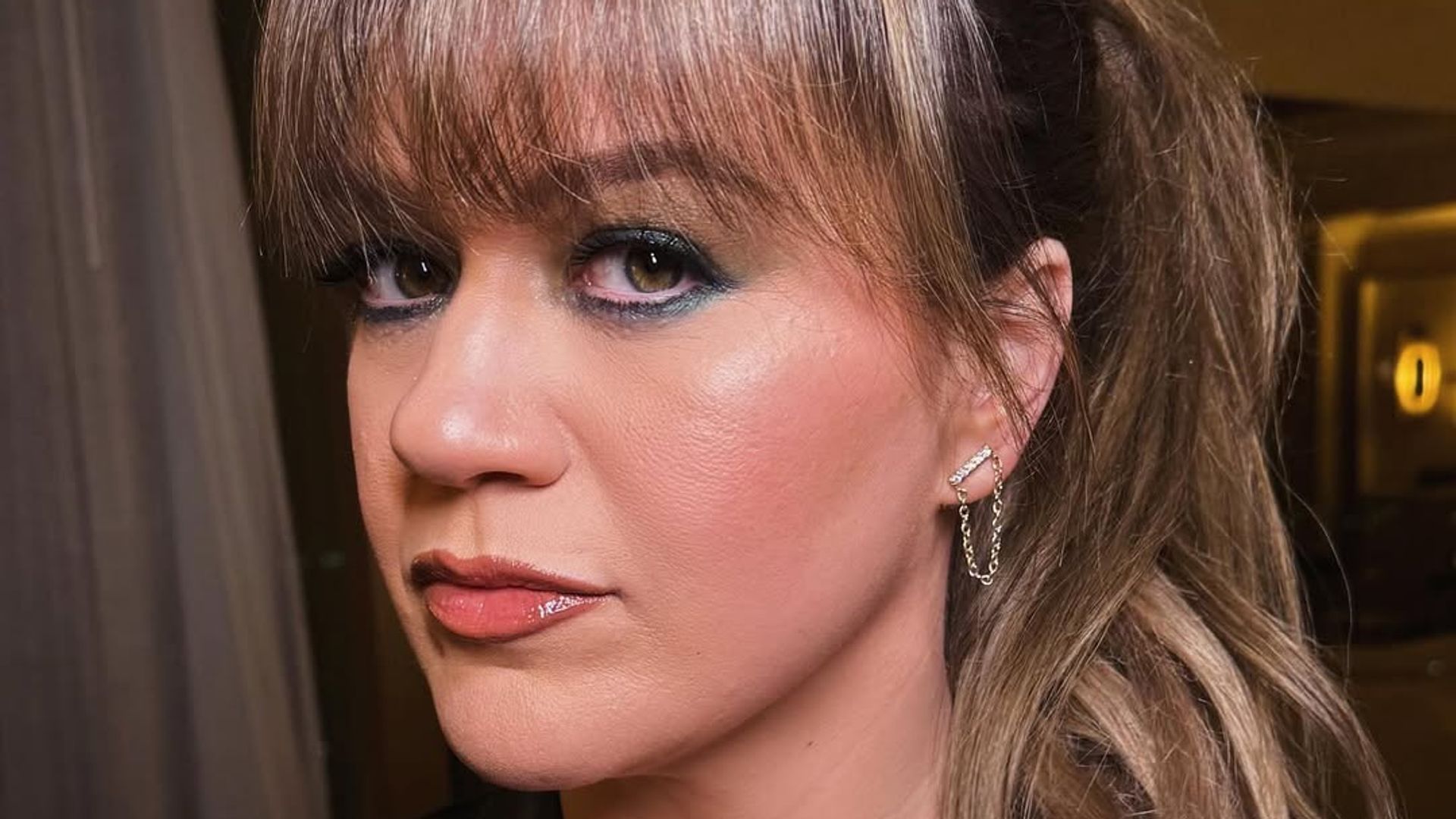New Delhi: Ophthalmologists across India are urging the central government to include advanced treatments for diabetic retinopathy under Ayushman Bharat Pradhan Mantri Jan Arogya Yojana (PM-JAY), the Centre’s flagship healthcare scheme. Diabetic retinopathy is a serious eye disease caused by diabetes, where high blood sugar levels damage the blood vessels in the retina, potentially leading to vision loss or blindness if left untreated. Eye doctors ThePrint spoke to highlight the need for sight-saving therapies like anti-VEGF (anti-vascular endothelial growth factor) and Ang-2 (protein) inhibitors, which prevent abnormal blood vessel growth and stabilise the eyes’ vascular system.
According to doctors, more than 30 lakh people in India have vision-threatening diabetic retinopathy, with nearly 60 percent affected by diabetic macular edema—a condition where fluid leaks from damaged blood vessels, causing swelling in the macula, the central part of the retina, and leading to vision impairment. Many of these patients, aged 40-50 years, may require advanced therapies, including medications injected into the vitreous gel of the eye to prevent further damage to the retina’s light receptors. These injections are, however, not covered under the PM-JAY scheme, making the treatment unaffordable for a lot of patients.

These injections range from Rs 15,000 to Rs 25,000 per dose—even with the introduction of more affordable biosimilars (near-identical, lower-cost versions of original drugs) under the ‘Make in India’ initiative “For diabetic macular edema, injections are the only treatment option, as the condition cannot be managed through surgery,” Dr Parveen Sen, senior consultant and head of retina services at Dr Agarwal Eye Hospital, tells ThePrint. The issue was flagged Friday at the Asia-Pacific Academy of Ophthalmology (APAO) congress held in New Delhi. It is an annual conference that brings together eye care specialists, researchers and industry leaders to discuss advancements in ophthalmology.
The expert panel included Dr Chaitra Jayadev, senior vitreo-retinal consultant at Narayana Nethralaya Eye Institute, Bengaluru; Dr George Joseph Manayath, medical consultant (retina & vitreous services) at Aravind Eye Hospital, Coimbatore; Dr Dinesh Talwar, ophthalmologist at Centre for Sight, New Delhi; Dr Vinod Kumar Agarwal, ophthalmologist at AIIMS, New Delhi; and Dr Parveen Sen. Organised by APAO, a federation of national ophthalmic and regional subspecialty societies, the event serves as a key platform for addressing critical issues in eye health and advocating for improved treatment accessibility. Also Read: Budget failed healthcare—should’ve boosted private hospitals in PMJAY with tax incentives Dr Aniruddha Maiti, director and senior retina specialist at Global Eye Hospital in Kolkata, who was also part of the APAO Congress, emphasises that diabetic retinopathy requires long-term management, much like diabetes itself.
“It’s not a one-time treatment. Patients often need multiple injections, and with consistent care, macular edema can stabilise.” He highlighted that macular edema comes in two forms: diffused, which affects the centre of the eye and requires injections, and extrafoveal, where laser treatment is an option if the leakage is away from the central macula.
However, when leakage is at the centre, injections remain the only solution. Beyond macular edema, new blood vessel formation inside the eye can lead to bleeding, worsening diabetic retinopathy. To prevent this, doctors use pan-retinal photocoagulation (PRP) laser treatment, sometimes combined with injections, to destroy abnormal vessels before they rupture and cause complications like retinal detachment.
“If left untreated, it leads to blindness, and in advanced cases, surgery is the only option,” Dr Maiti says. He stresses that early detection is key. If diabetic retinopathy is identified at an early stage, interventions like laser treatment and injections can prevent irreversible vision loss.
“This is a preventable form of blindness. Including these injections and treatments in government health programmes can make a huge difference,” he adds. While the scheme includes laser treatment and surgery for diabetic retinopathy, it does not cover the costly injections that many patients require.
“If we want to provide complete care, all three treatment modalities (surgery, laser treatment and injections) must be covered. Leaving out injections, which are crucial for diabetic macular edema and other retinal conditions, limits patient access to proper treatment,” Dr Sen says. “Most patients need multiple doses over time, and the average Indian cannot afford such recurring expenses,” she adds.
Dr Sen further stresses that PM-JAY should consider covering these injections to ensure “equitable access” to state-of-the-art treatments. “Currently, only those who can afford it get the best care, while others are forced to go without. To cut costs, some clinicians even resort to fractionating doses, which increases the risk of eye infections.
This shouldn’t be the case,” she says, urging policymakers to bridge this critical gap. According to a study by the Indian Council of Medical Research (ICMR) and Madras Diabetes Research Foundation that came out in 2023, nearly 10.1 crore people in the country have type-2 diabetes, while nearly 13.
6 crore are prediabetic and at high risk of developing the condition in the near future. The eye doctors emphasise that a lack of awareness is a major factor contributing to the rise in diabetic retinopathy cases. They highlighte the potential of AI in enabling earlier and more widespread screenings.
“The problem is that many patients reach us at an advanced stage, where surgery or injections can only stabilise vision loss but cannot fully restore it. By then, significant damage has already been done,” says Dr Maiti. He stresses the need for AI-driven diabetic screening to identify at-risk patients early and refer them to ophthalmologists in time.
“If a structured mechanism is implemented—where the government actively sets up screening centres across India—we can detect diabetic retinopathy much earlier, saving both time and money for patients,” he adds. (Edited by Nida Fatima Siddiqui) Also Read: From cancer to diabetic retinopathy, how AIIMS is betting big on AI to aid in diagnostics var ytflag = 0;var myListener = function() {document.removeEventListener('mousemove', myListener, false);lazyloadmyframes();};document.
addEventListener('mousemove', myListener, false);window.addEventListener('scroll', function() {if (ytflag == 0) {lazyloadmyframes();ytflag = 1;}});function lazyloadmyframes() {var ytv = document.getElementsByClassName("klazyiframe");for (var i = 0; i < ytv.
length; i++) {ytv[i].src = ytv[i].getAttribute('data-src');}} Save my name, email, and website in this browser for the next time I comment.
Δ document.getElementById( "ak_js_1" ).setAttribute( "value", ( new Date() ).
getTime() );.
Health

Silent threat of diabetic retinopathy: Eye doctors bat for advanced treatments to be part of AB-PMJAY

Diabetic retinopathy affects 30 lakh Indians and can lead to vision loss. Advanced therapies include costly injections currently not covered under Centre’s healthcare scheme.















